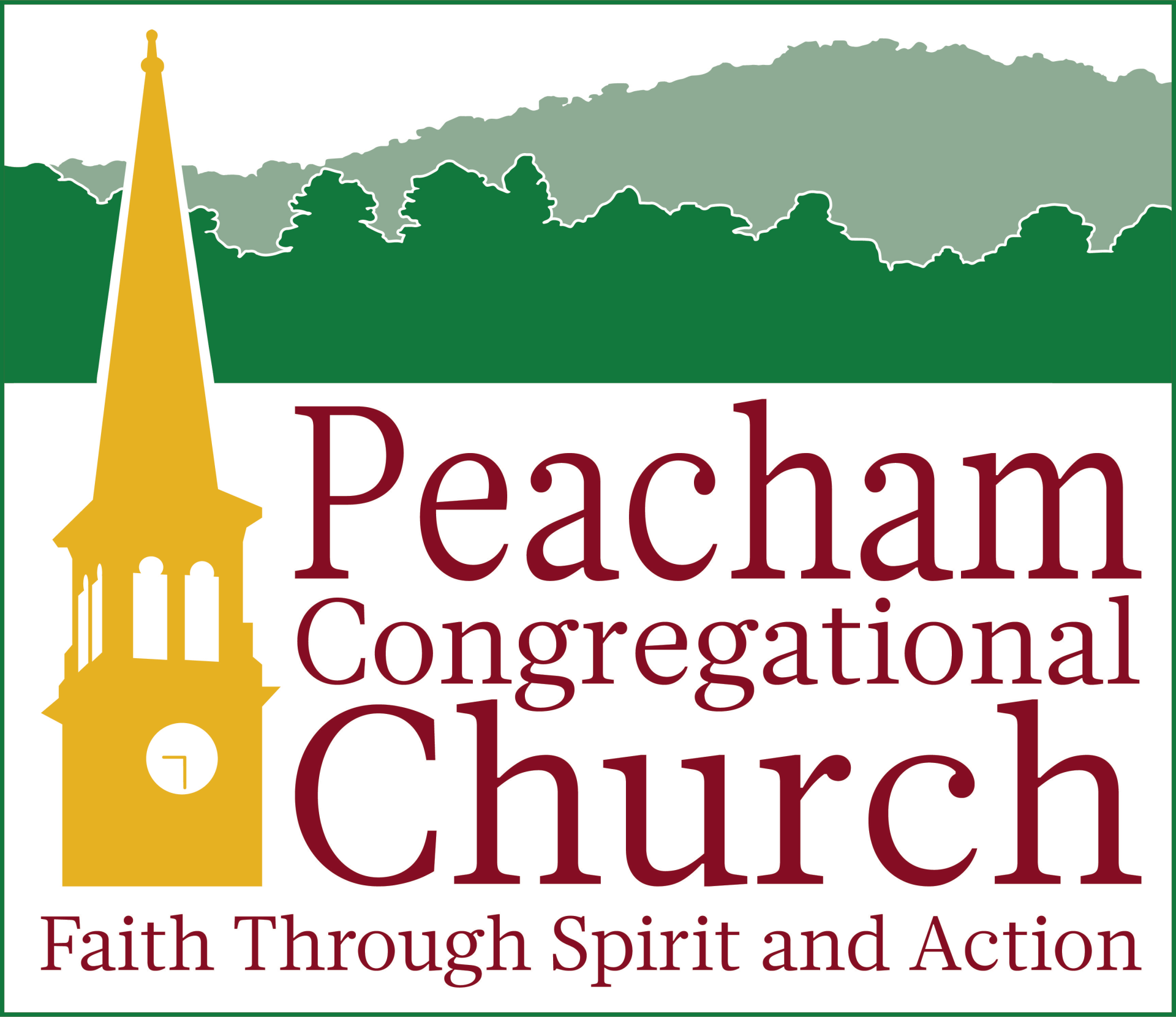The Meetinghouse
This church is a visual representationof the heritage of Peacham, Vermont
History - Over 200 Years as the Community’s Gathering Place.
The Meetinghouse was built in 1806. The master builder was Edward Clark. To raise money to build the building, the Congregational Society held a public "vendue" or auction and sold pews. They raised $5,594. The church was built from local trees with axes, and oxen to drag the logs to the sawmill where they were cut into logs. Stones for the foundation came from the rocks and boulders that had to be removed from the fields.*
The original building was erected across the street from the where the Peacham VFD building currently stands (across from the Peacham Cemetery). In 1844, the building was moved to its current location with the use of oxen and logs to roll it down the hill.
*Meetinghouse Minutes by Lorna Quimby
The Preservation Fund
The Preservation Fund was created to ensure the long-term maintenance of The Meetinghouse and Organ. Maintained by the Vermont Community Foundation, a portion of this fund is dedicated to the operating expenses of the building annually. We are grateful to the generous donors who have helped to establish this critical fund to care for these treasured resources. To include a gift to The Preservation Fund in your estate plans, please contact us .
Peacham - A National Historic Village District
The town of Peacham was first settled in 1776, partly as a consequence of the construction of the Bayley-Hazen Military Road during the American Revolutionary War. In the Peacham Corner area that became the town center, that road, now the major north-south route through the town, skirted around a hill on which the early town center was laid out. This included The Meetinghouse, completed 1806), cemetery (established 1811), and the Peacham Academy, one of the region's first secondary schools (founded 1797, closed in 1971). The church was moved down the hill a ways in 1844, and the academy's early buildings no longer stand, although later buildings have been converted to housing). Growth in the village came to a virtual standstill with the outbreak of the American Civil War, which drained the community of significant parts of its population. The result is a little-altered mid-19th century hill village, which was largely bypassed by the architectural styles of the late 19th century.*
*Wikipedia


